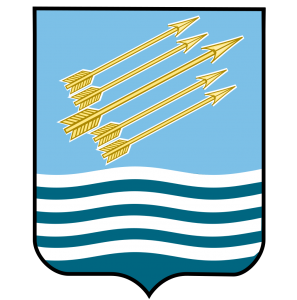 1493 The town of Santa Barbara of Samaná sits on the Samaná Peninsula which came first into written history on 13 January 1493, when Christopher Columbus made here the last stop of his first voyage to the New World. He landed on what today is known as the Rincón Beach, where he met the Ciguayos who presented him with the only violent resistance he faced during this visit to the Americas. The Cigüayos had refused to trade their bows and arrows that Columbus’s pathfinders wanted. In the ensuing clash, two Amerindians were wounded. Because of the Ciguayos’ use of arrows, the Admiral called the inlet the Bay of Arrows (or Gulf of Arrows). Columbus took on board four natives to show in Spain, but only one survived. For most of the colonial period, the Spanish did not settle here, opening the place for runaways and privateers.
1493 The town of Santa Barbara of Samaná sits on the Samaná Peninsula which came first into written history on 13 January 1493, when Christopher Columbus made here the last stop of his first voyage to the New World. He landed on what today is known as the Rincón Beach, where he met the Ciguayos who presented him with the only violent resistance he faced during this visit to the Americas. The Cigüayos had refused to trade their bows and arrows that Columbus’s pathfinders wanted. In the ensuing clash, two Amerindians were wounded. Because of the Ciguayos’ use of arrows, the Admiral called the inlet the Bay of Arrows (or Gulf of Arrows). Columbus took on board four natives to show in Spain, but only one survived. For most of the colonial period, the Spanish did not settle here, opening the place for runaways and privateers.